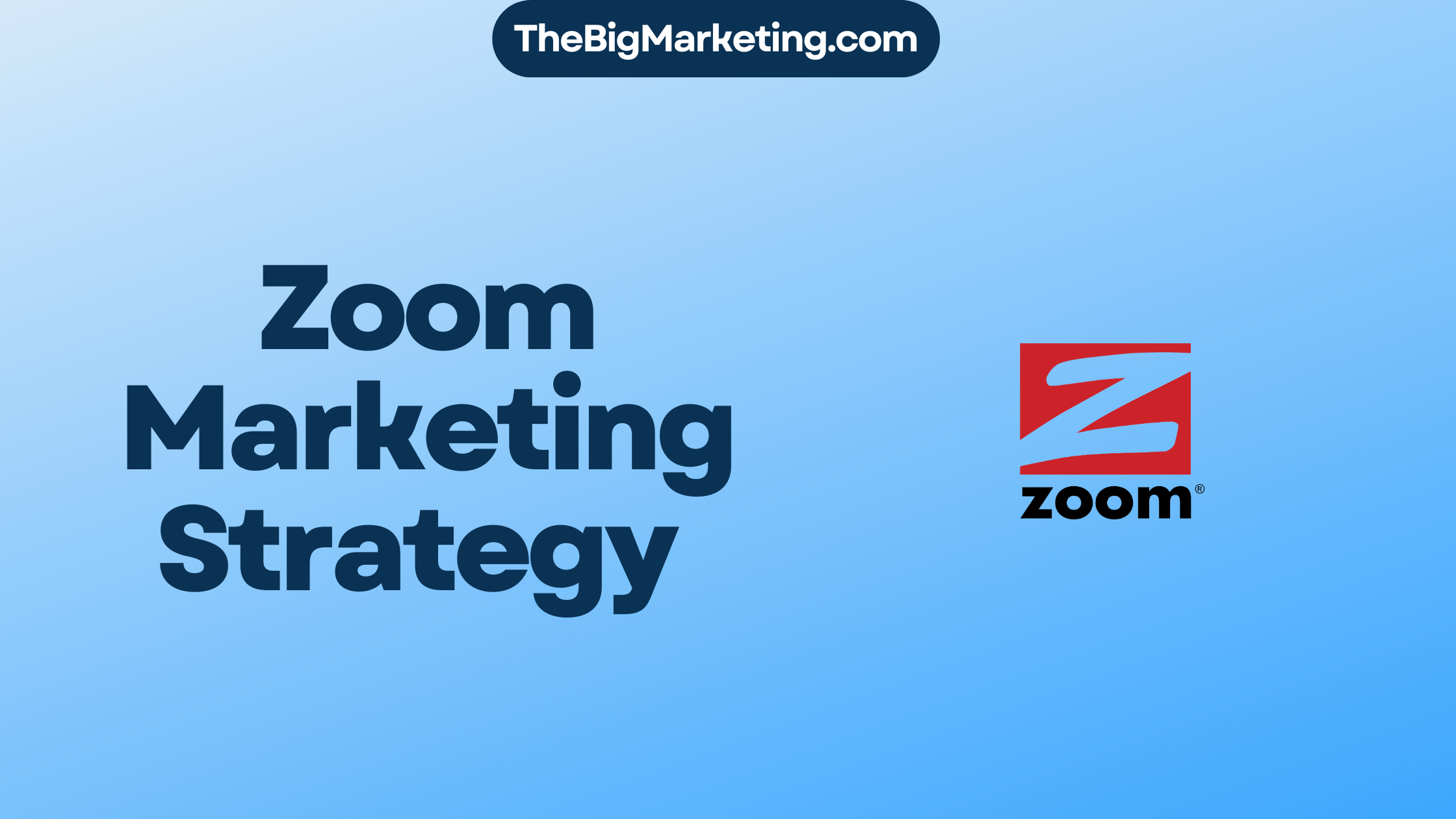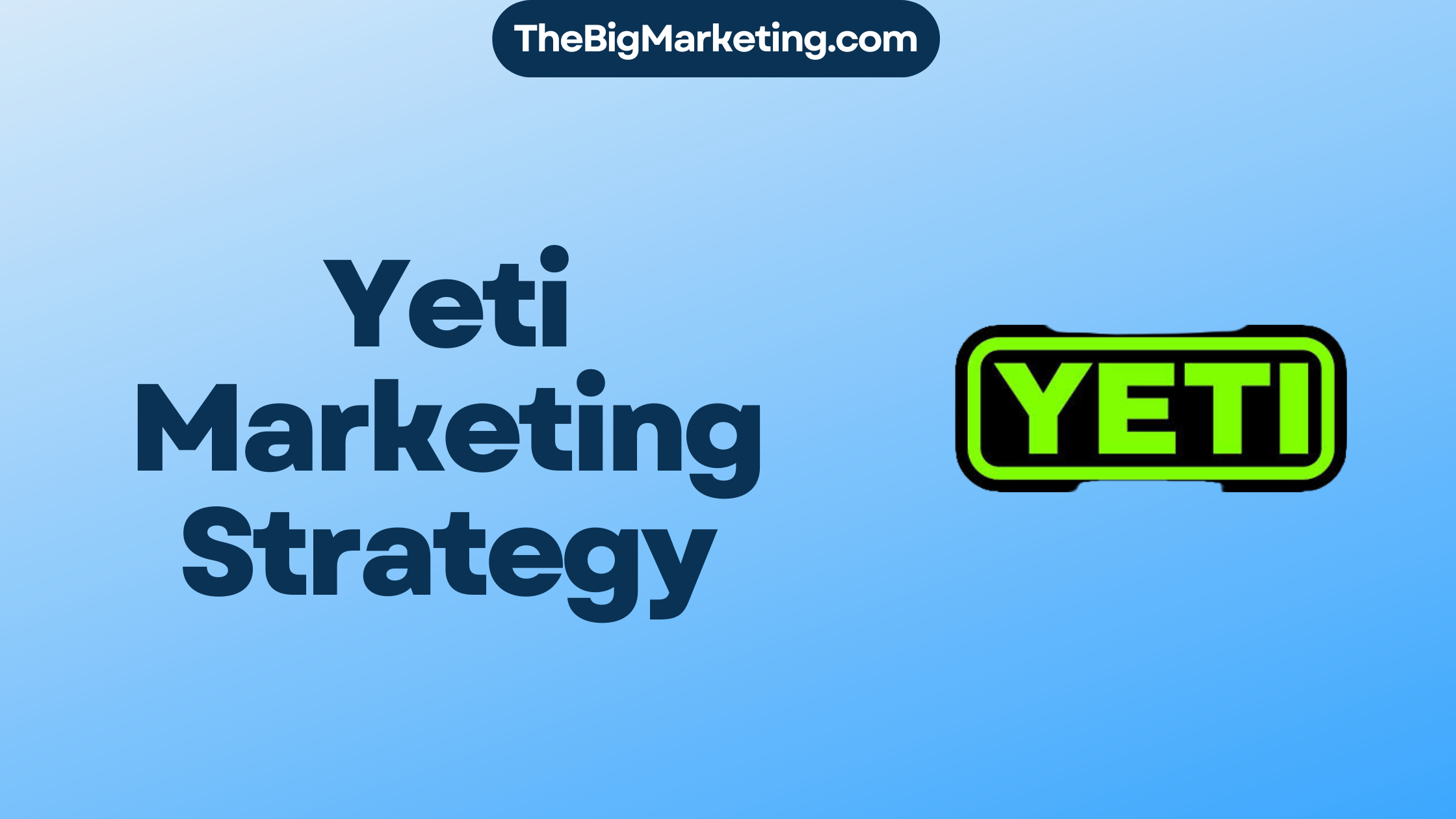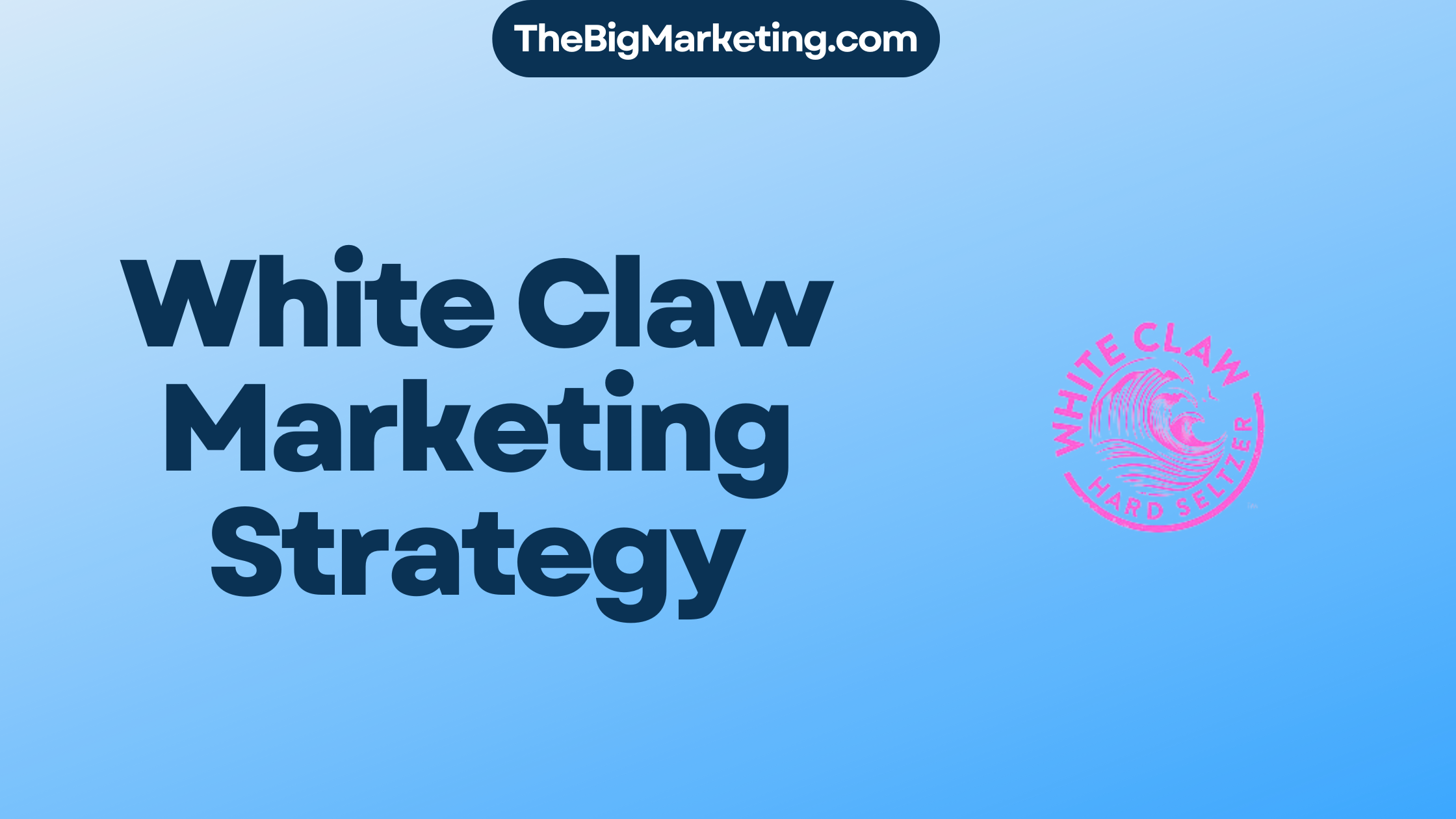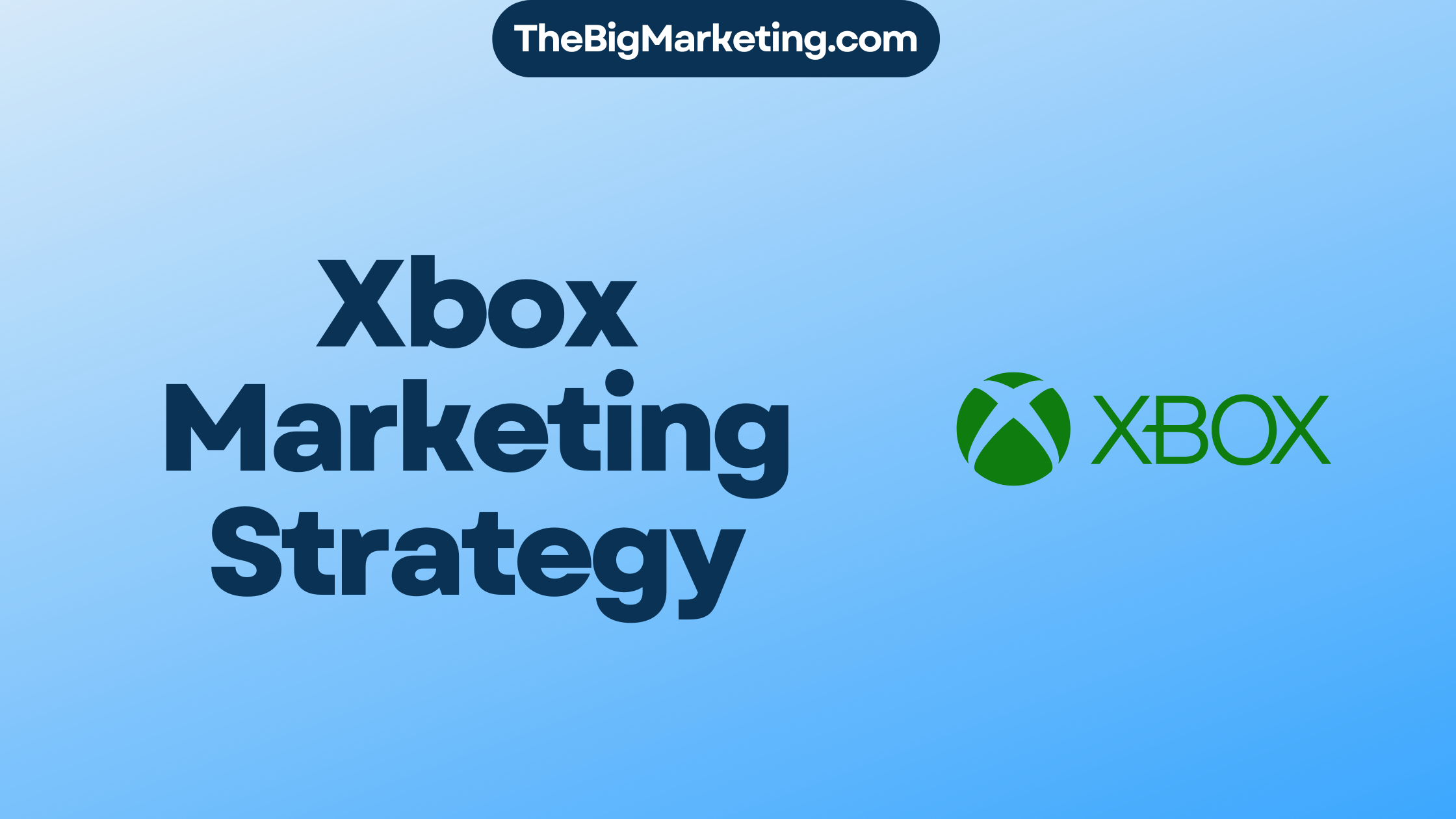Apple Inc. is renowned for its global marketing strategy, a key driver of its success in the technology industry. With a deep understanding of its target audience and a commitment to providing innovative products and seamless user experiences, Apple has solidified its position as a market leader.
Apple’s global marketing strategy focuses on reaching a diverse consumer base across the globe. By effectively segmenting the market and identifying key demographics, Apple ensures that its products appeal to a wide range of individuals. Through extensive market research and analysis, Apple has identified its target audience as middle-class and upper-class users with a higher disposable income. The company also specifically targets professionals in specialized software and business professionals.
One of the core pillars of Apple’s marketing strategy is its commitment to providing a user-friendly experience. Apple understands that consumers value simplicity and convenience, and as such, it designs its products and services with the customer in mind. From intuitive user interfaces to seamless integration across devices, Apple strives to make technology accessible to all.
In terms of advertising, Apple adopts a suave yet simple approach. Its marketing campaigns focus on showcasing the features and benefits of its products without overwhelming the audience with excessive copy or complexities. By highlighting the sleek design, high-quality materials, and cutting-edge technology of its products, Apple creates a sense of desire and aspiration among its target audience.
Apple’s global marketing strategy also involves targeting the right markets. The company carefully analyzes market trends and consumer preferences to identify lucrative opportunities. By selecting the most promising markets, Apple maximizes its reach and potential for growth.
With its effective global marketing strategy, Apple continues to dominate the technology industry and captivate consumers worldwide. Through a combination of user-friendly experiences, suave advertising, and targeted market selection, Apple sets itself apart from its competitors and maintains its position as a pioneer in the field.
Key Takeaways:
- Apple’s global marketing strategy focuses on reaching a diverse consumer base across the globe
- The target audience for Apple products consists of middle-class and upper-class users with a higher disposable income
- Apple’s marketing strategy revolves around providing a user-friendly experience and suave yet simple advertising
- The company targets professionals in specialized software and business professionals
- Apple’s success can be attributed to its ability to target the right markets and provide a superior user experience
Apple Target Audience
Apple’s target audience encompasses individuals residing in urban areas, spanning all genders and ranging from ages 20 to 45, typically with higher disposable income. The company caters to a diverse range of individuals, from bachelors to married individuals in various life phases. Apple’s target audience also includes working professionals, managers, executive-level workers, and individuals employed in specialized software and design careers. Additionally, students, educational institutions, and teachers form part of Apple’s target audience.
| Demographics | Target Segment |
|---|---|
| Age | 20-45 |
| Gender | All |
| Location | Urban areas |
| Income | High |
| Occupations |
|
| Educational Institutions |
|
Marketing Strategy of Apple
Apple’s marketing strategy is a key factor in the company’s success and global brand recognition. By prioritizing a superior user experience, minimalistic advertising, and targeted market segmentation, Apple has established a strong presence in the technology industry.
One of the core elements of Apple’s marketing strategy is its commitment to providing a seamless and intuitive user experience. With their user-friendly interfaces, Apple products are designed to be accessible to a wide range of consumers, regardless of their technological proficiency. This approach has allowed Apple to appeal to both tech-savvy individuals and those who are less familiar with technology.
Emotional branding also plays a crucial role in Apple’s marketing efforts. The company has successfully built a strong connection with its audience by creating a sense of aspiration, luxury, and innovation surrounding their products. Through emotional storytelling and visually appealing advertising campaigns, Apple has effectively positioned its brand as a symbol of creativity and lifestyle enhancement.
Apple’s marketing tactics are diverse and encompass various strategies. Product launch events generate anticipation and excitement, effectively building hype around their new releases. Influencer marketing is another tool Apple utilizes, leveraging the influence and credibility of prominent personalities to endorse their products and reach a wider audience.
In addition, Apple places a strong emphasis on delivering a seamless customer experience. From well-trained sales representatives in their retail stores to efficient online support, the company aims to provide exceptional customer service at every touchpoint.
| Target Market | Characteristics |
|---|---|
| Urban Professionals | High earning individuals, mid to high disposable income |
| Working Professionals | Managers, executives, professionals in specialized software and design careers |
| Students and Educators | Higher education students, educational institutions, teachers |
By understanding the needs and preferences of their target market segments, Apple is able to develop products, marketing campaigns, and customer experiences that resonate with their audience. This targeted marketing approach has helped Apple maintain a strong brand identity and loyal customer base.
5 Key Takeaways From Apple Marketing Strategy
Apple’s marketing prowess is renowned for its innovative techniques, captivating campaigns, and strategic brand positioning. Here are five key takeaways from Apple’s marketing strategy that have contributed to its success:
1. Tapping into Target Markets and Audience Preferences
Apple excels at identifying and understanding its target markets and their preferences. By conducting thorough market research and consumer analysis, Apple ensures that its products offer the right features, design, and functionality to cater to their customers’ needs.
2. Creating Impactful Brand Experiences
Apple differentiates itself by creating memorable and impactful brand experiences through minimalistic designs and features. The company’s products are known for their elegant aesthetics, intuitive user interfaces, and seamless integration, providing users with a truly immersive and enjoyable experience.
3. Incorporating Emotion in Advertising and Marketing
Apple’s marketing campaigns evoke emotions, connecting with their audience on a deeper level. By focusing on storytelling and human experiences, Apple appeals to the aspirations and desires of its customers. This emotional connection strengthens brand loyalty and drives customer engagement.
4. Avoiding Excessive Copy and Complexities
Apple’s marketing materials are characterized by simplicity, brevity, and clarity. The company understands the power of concise messaging and minimalist designs, allowing customers to grasp the benefits and value of their products effortlessly. This approach eliminates confusion and enhances the overall customer experience.
5. Building an International Brand Value Through Quality and Design
Apple’s unwavering commitment to quality and design has elevated its brand to global recognition. By consistently delivering products that are not only technologically advanced but also aesthetically pleasing and durable, Apple has positioned itself as a symbol of innovation, excellence, and aspiration.
These key takeaways from Apple’s marketing strategy highlight the company’s ability to tap into target markets, create impactful brand experiences, incorporate emotion in advertising and marketing, avoid excessive complexities, and build an international brand value through quality and design features. It is through these techniques that Apple has cemented its position as a leader in the technology industry.
Visionary Leadership
Apple’s success can be attributed to its visionary leadership, particularly through the tenure of Steve Jobs. Jobs had a strong commitment to innovation, design, and user experience, which revolutionized the tech industry. His ability to predict and shape consumer preferences played a significant role in Apple’s success.
Under Jobs’ leadership, Apple introduced groundbreaking products that transformed the way we interact with technology. From the iPod to the iPhone and later the iPad, each of these innovations pushed the boundaries of what was possible.
Jobs’ attention to detail and obsession with perfection drove Apple to create products that were not only aesthetically pleasing but also intuitive and easy to use. He believed in the power of simplicity and minimalism, stripping away unnecessary features to deliver a seamless user experience.
Furthermore, Jobs’ vision extended beyond just hardware. He understood the importance of software and services in creating a cohesive ecosystem. This led to the development of the App Store and iCloud, which further enhanced Apple’s product offerings.
Steve Jobs’ leadership style was often described as demanding and relentless, but it was his unwavering passion for innovation that propelled Apple to become one of the most valuable companies in the world. His ability to inspire and motivate his team resulted in the creation of products that continue to shape industries today.
Despite his untimely passing in 2011, Steve Jobs’ legacy lives on in Apple’s DNA. The company continues to innovate and push boundaries, staying true to the principles of design and user experience that he instilled.
Image:
Product Innovation
Apple is renowned for its constant drive towards product innovation, evident in its diverse product lineup that includes the iPhone, iPad, Mac, and Apple Watch. The company’s commitment to research and development allows them to stay at the forefront of technology advancements.
By investing heavily in R&D, Apple can introduce groundbreaking features and functionalities that captivate their users. This focus on innovation not only fuels their product lineup but also gives them a competitive edge in the market.
User-Centric Design
When it comes to design aesthetics and user interfaces, Apple sets the bar high. The company’s unwavering commitment to exquisite design and user-friendly interfaces is evident in every product they create. Whether it’s the sleek lines and seamless integration of hardware and software in their devices or the intuitive user interfaces of their software applications, Apple leaves no stone unturned in delivering an exceptional user experience.
Apple’s design philosophy centers around simplicity, elegance, and minimalism. They understand that users crave products that are not only visually appealing but also easy to use and navigate. By paying meticulous attention to every detail, from the placement of buttons to the choice of colors, Apple crafts products that are not just functional but also aesthetically pleasing.
One prime example of Apple’s design prowess is the iOS operating system. With its clean and uncluttered interface, intuitive gestures, and seamless interaction between apps, iOS provides a delightful user experience. The design language extends across Apple’s entire ecosystem, creating a cohesive and harmonious visual experience.
Apple’s user-centric design approach has garnered them a dedicated and loyal customer base. Users appreciate the thoughtfulness and care that goes into the design of Apple products, allowing them to effortlessly integrate technology into their daily lives. Apple’s design aesthetics and user interfaces have become synonymous with quality, innovation, and ease of use.
Apple’s Design Principles
| Design Principle | Description |
|---|---|
| Simplicity | Apple believes in eliminating unnecessary complexity, focusing on the core functionalities, and making products intuitive for users. |
| Elegance | The aesthetic appeal of Apple products lies in their sleek design, premium materials, and attention to detail. |
| Minimalism | Apple’s design language centers around clean lines, uncluttered interfaces, and a reduction of visual noise. |
| Consistency | Apple maintains a consistent user experience across its product ecosystem, ensuring familiarity and ease of use. |
| Functionality | While aesthetics are important, Apple also prioritizes functionality, creating products that deliver on their promise. |
Vertical Integration
Apple’s strategy of vertical integration sets it apart from its competitors in the technology industry. Vertical integration involves controlling the entire production process, from hardware to software to services. This approach allows Apple to maintain quality control, optimize product performance, and deliver seamless user experiences.
By integrating all aspects of production, Apple can ensure that its hardware, software, and services work cohesively, resulting in a superior user experience. This level of control allows Apple to create products that are known for their reliability, performance, and user-friendly interfaces.
Unlike its competitors who rely on third-party components, Apple’s vertical integration allows it to have complete control over every aspect of its products. This enables Apple to streamline its operations, reduce dependencies on external suppliers, and have a higher level of quality control.
One of the major advantages of vertical integration for Apple is the ability to optimize the performance of its devices. By designing their own chips, such as the M1 chip used in their Mac computers, Apple can tailor the hardware to work seamlessly with their software, resulting in faster and more efficient devices.
Apple’s vertical integration also allows for a more efficient supply chain. By controlling the production process, Apple can reduce costs, eliminate bottlenecks, and ensure a steady supply of components. This has helped Apple to maintain consistent product availability and meet customer demand.
In addition to operational benefits, vertical integration contributes to Apple’s brand image. The company’s commitment to quality control and seamless user experiences has earned them a reputation for excellence. Consumers trust Apple products due to their reliability, durability, and attention to detail.
Overall, Apple’s strategy of vertical integration enables the company to have complete control over its production process. This approach allows Apple to maintain high-quality standards, optimize product performance, and deliver user-centric experiences. By taking this approach, Apple has been able to differentiate itself in the market and maintain its position as a leader in the technology industry.
Marketing and Branding
When it comes to marketing and branding, Apple has set the bar high with its exceptional strategies. The company understands the power of creating anticipation and excitement around product launches, capturing the attention of consumers worldwide.
The Power of Iconic Campaigns
Apple has successfully crafted iconic marketing campaigns that have become engrained in popular culture. Campaigns like “Think Different” and “Designed by Apple in California” have not only showcased the innovative spirit of the brand but have also resonated with consumers on a deep emotional level.
Through these campaigns, Apple has effectively communicated its core values and connected with its target audience. By appealing to the desire for creativity, individuality, and innovation, Apple has built a strong brand identity that fosters loyalty and admiration.
A Seamless User Experience
Apple’s marketing efforts are closely aligned with the company’s commitment to providing a seamless user experience. From the moment a customer encounters an Apple advertisement to the post-purchase support they receive, every touchpoint reflects Apple’s dedication to excellence.
Apple’s marketing campaigns emphasize the user-friendly nature of its products, highlighting the intuitive interfaces and the seamless integration between hardware and software. This focus on delivering a superior user experience has solidified Apple’s reputation as a leader in the tech industry.
Building Brand Loyalty
Apple’s marketing strategies have fostered a sense of brand loyalty that is unparalleled in the industry. By consistently delivering high-quality products and captivating marketing campaigns, Apple has created a passionate community of loyal customers.
Through targeted advertising and strategic brand positioning, Apple has successfully differentiated itself from its competitors. The Apple brand has become synonymous with quality, innovation, and cutting-edge design, resulting in repeat purchases and a strong brand following.
Apple’s marketing and branding efforts have not only propelled the company to new heights but have also established it as a global leader in the technology industry. The combination of captivating campaigns, a focus on user experience, and a loyal customer base has paved the way for Apple’s continued success.
Conclusion
Apple’s success in the technology industry can be attributed to its visionary leadership, relentless commitment to product innovation, user-centric design, vertical integration, and effective marketing and branding strategies. Under the guidance of leaders like Steve Jobs, Apple has consistently pushed the boundaries of innovation, bringing groundbreaking products to market that resonate with their target audience.
By focusing on delivering a superior user experience, Apple has cultivated a dedicated and loyal customer base. Their meticulous attention to design aesthetics and user-friendly interfaces sets them apart from competitors and creates a strong emotional connection between users and their products. This, coupled with their seamless integration of hardware, software, and services, contributes to their competitive advantage.
Apple’s strategic approach extends beyond product development, with their commitment to vertical integration enabling them to maintain control over the entire production process. This not only ensures the quality and performance of their products but also allows for a seamless user experience. Their marketing and branding efforts, characterized by iconic campaigns and a sense of anticipation around product launches, have played a pivotal role in building brand loyalty and maintaining Apple’s position as a market leader.
FAQ
What is Apple’s global marketing strategy?
Apple’s global marketing strategy focuses on providing a superior user experience, minimalistic and suave advertising, and targeting the right markets.
Who is Apple’s target audience?
Apple’s target audience consists of middle-class and upper-class users with a higher disposable income, professionals in specialized software and business professionals, urban areas, all genders, ages 20-45, with high earnings.
What is Apple’s marketing strategy?
Apple’s marketing strategy includes providing a user-friendly experience, suave yet simple advertising, targeting the right markets, emotional branding, product launch events, influencer marketing, and providing a seamless customer experience.
What are the key takeaways from Apple’s marketing strategy?
The key takeaways from Apple’s marketing strategy are tapping into target markets and audience preferences, creating impactful brand experiences through minimal designs and features, incorporating emotion in advertising and marketing, avoiding excessive copy and complexities, and building an international brand value through quality and design features.
Who was responsible for Apple’s success?
Apple’s success can be attributed to its visionary leadership, particularly through the tenure of Steve Jobs. Jobs had a strong commitment to innovation, design, and user experience, which revolutionized the tech industry.
What is Apple’s approach to product innovation?
Apple’s approach to product innovation involves investing heavily in research and development, integrating hardware, software, and services into a cohesive ecosystem, and staying at the cutting edge of technology.
How does Apple focus on user-centric design?
Apple is known for its commitment to design aesthetics and user-friendly interfaces. The company pays meticulous attention to detail in the physical design of its products and the user interfaces of its software, creating a dedicated and loyal customer base.
What is Apple’s strategy of vertical integration?
Apple’s strategy of vertical integration involves controlling the entire production process, from hardware to software to services. This approach allows Apple to maintain quality control, optimize product performance, and deliver seamless user experiences.
How does Apple approach marketing and branding?
Apple’s marketing and branding efforts are exceptional. They create a sense of anticipation and excitement around product launches, have iconic campaigns, and their brand loyalty is a testament to the effectiveness of their marketing strategies.
What has contributed to Apple’s success?
Apple’s success can be attributed to its visionary leadership, product innovation, user-centric design, vertical integration, and effective marketing and branding strategies. These factors have allowed Apple to maintain its position as a market leader in the technology industry.







